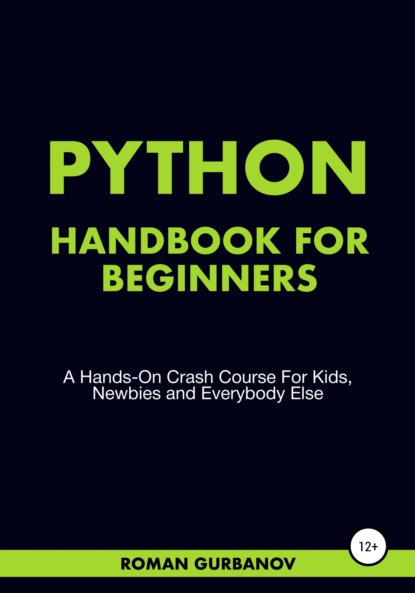скачать книгу бесплатно
Greater than or equal > =
Less than or equal <=
As you noticed, instead of the equal sign =, we need to use the double equal sign ==.
We need the double equal sign so that Python doesn't think we are trying to create a variable.
These symbols are called comparison operators in Python. And we need them to let our program compare different data, for instance: numbers, strings, variables, etc.
2 True or False
Boolean logic has Boolean values: True and False: True – when the condition is true. False – when the condition is false. Let's play! I will compare numbers, and you will answer in your head – True if it is true, or False if it is false. Let's go!
2 > 4
10 < 20
3 == 3
5 != 7
Now, let's check yourself. Run the console and hit the REPL button. Then, input the above comparisons into the input field, one by one, and hit enter. If your comparison is correct, the program will respond: True. If not, then False. Let's see how the examples above look in the console:
See that? This is how Boolean logic and values work. But what if we try comparing strings? Try comparing apples to oranges using the following:
"apples" == "oranges"
See the output? Now, try changing comparison operators and values to your liking. See what happens? Now you know that Boolean logic works not only with numeric but with other data formats in programming.
3 True and False in Variables
Let us see how we can use True and False values in variables. We can store results from comparisons that return True or False in variables. This is how it works:
result = "apples" == "oranges"
print(result)
Run the above code in the console and see what it returns. Let's break it down.
I've created a variable named result in this code and assigned it a Boolean value from comparing the two strings "apples" and "oranges ".
Then I went down one line and printed the value of the "result" variable on the screen, passing the variable name in parentheses to the print function.
Does it make sense?) Now, alter the code by indicating that apples and oranges are not equal. What does the program return?
4 Comparing Variables
Not only can we compare numbers and strings, but the entire variables too! See how we can do it:
fruit = "Kiwi"
result = fruit == "Apple"
print(result)
Before you write the code into the console and hit enter, think of what output it will return? Let's break it down:
Вы ознакомились с фрагментом книги.
Для бесплатного чтения открыта только часть текста.
Приобретайте полный текст книги у нашего партнера:
